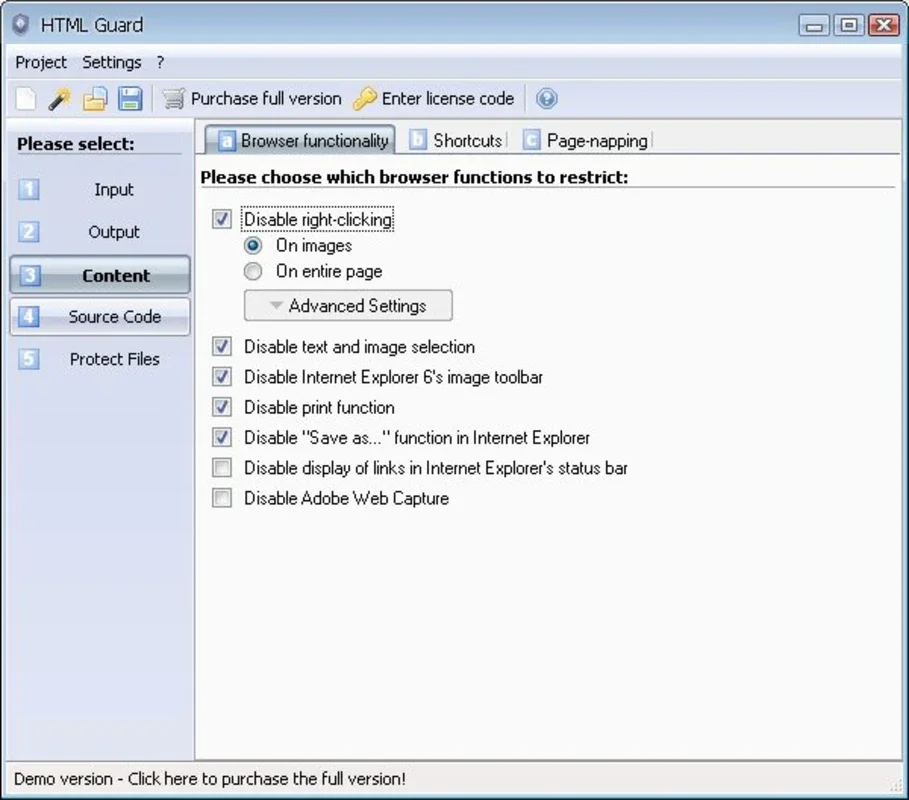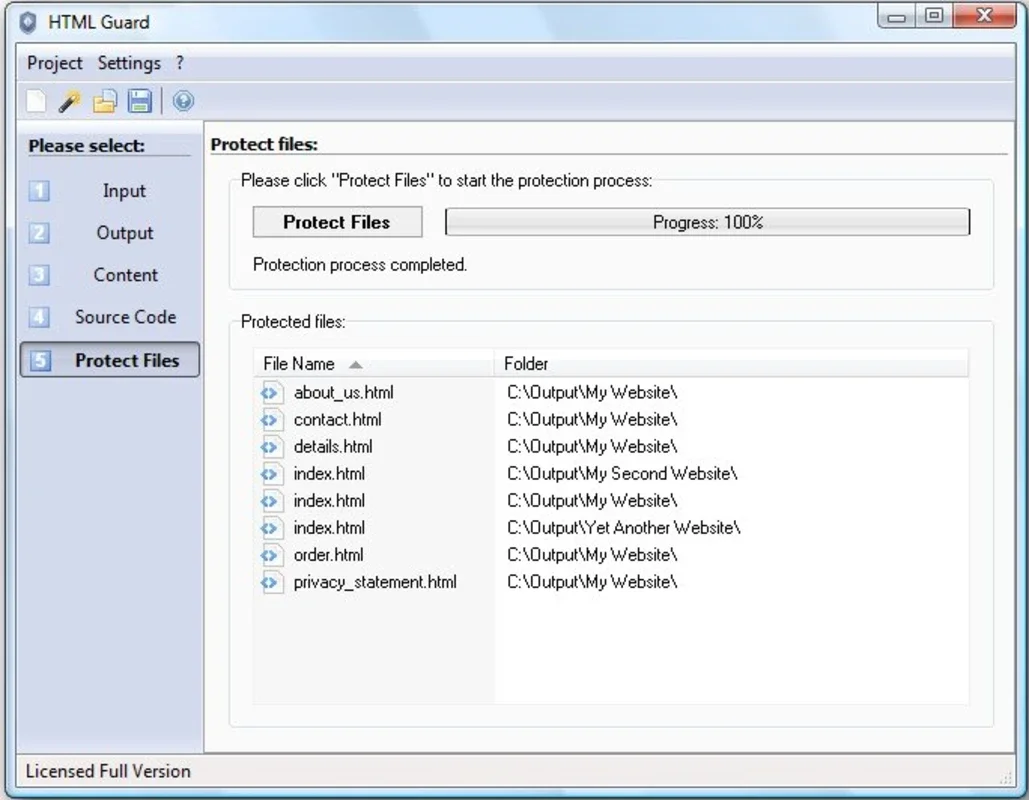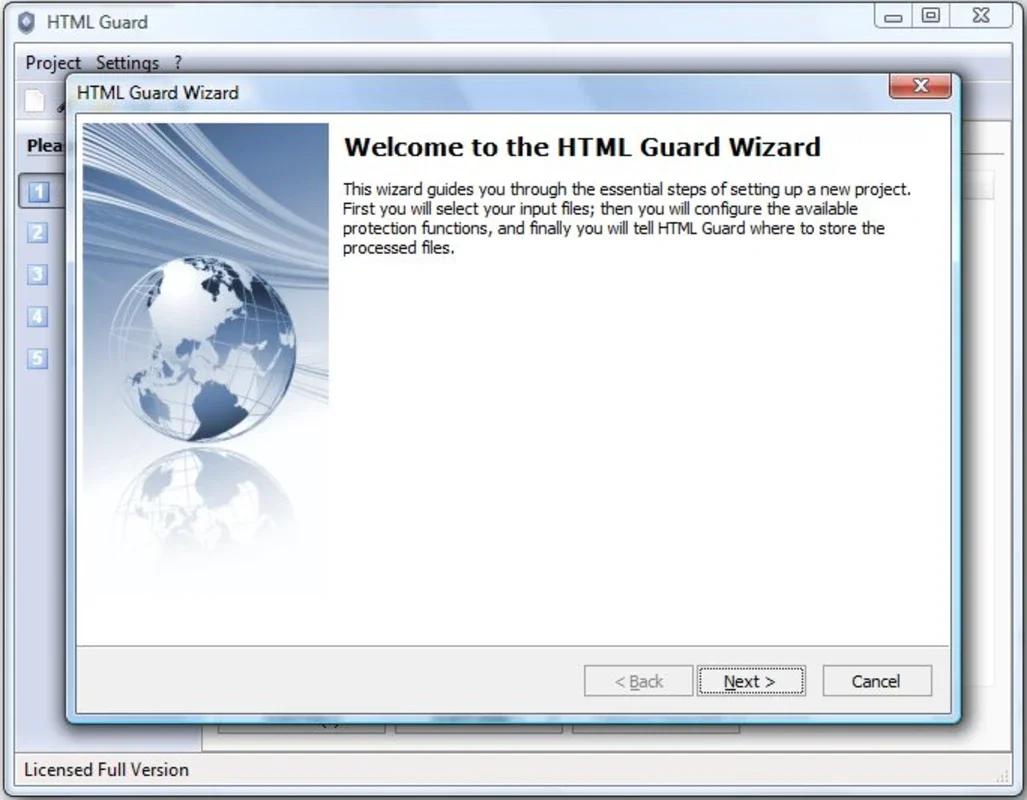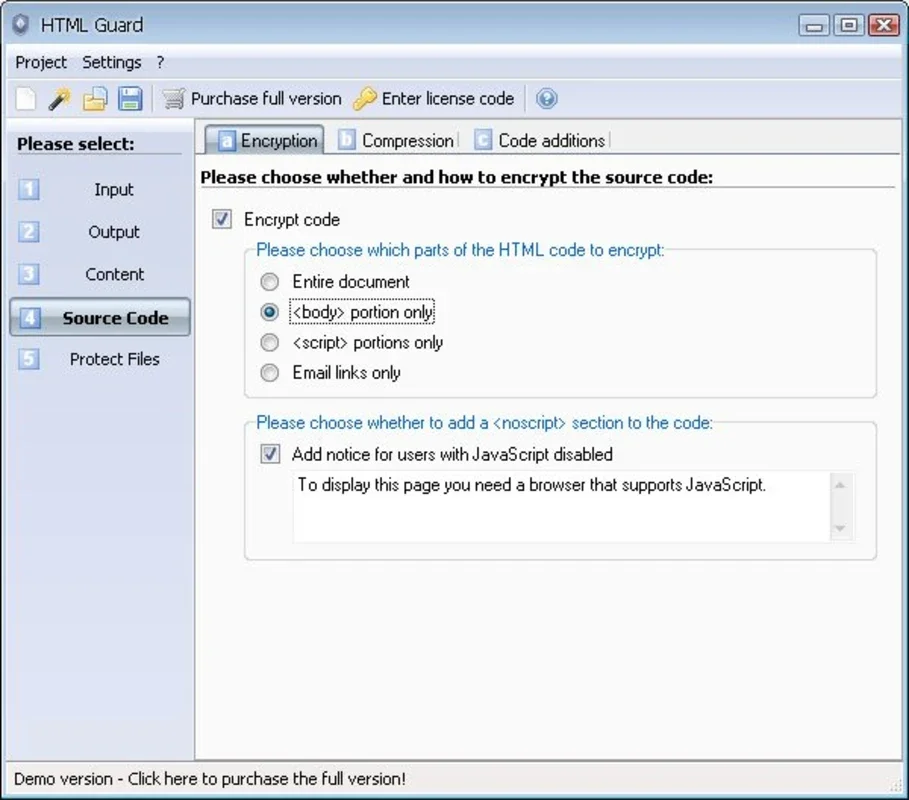HTML Guard App Introduction
In today's digital landscape, protecting your website's content from unauthorized copying is paramount. HTML Guard, a powerful Windows-based security tool, offers a robust solution to safeguard your valuable intellectual property. This comprehensive guide delves into the features, benefits, and practical applications of HTML Guard, comparing it to other website protection methods and highlighting its unique advantages.
Understanding the Need for Website Content Protection
The ease with which website content can be copied and redistributed presents a significant challenge for website owners. Images, text, code, and other digital assets are vulnerable to theft, potentially leading to financial losses, reputational damage, and copyright infringement. Traditional methods like watermarking or relying on user honesty often prove insufficient against determined content thieves.
HTML Guard addresses this challenge by providing a multi-layered approach to website security. It doesn't merely deter casual copying; it actively prevents unauthorized access and redistribution of your content.
Core Features of HTML Guard
HTML Guard's effectiveness stems from its combination of sophisticated security features:
- Source Code Encryption and Compression: This core function renders your website's source code unreadable and significantly more difficult to reverse-engineer. This protects your intellectual property embedded within the code itself, preventing unauthorized modification or replication.
- Right-Click Protection: This feature disables the right-click context menu, preventing users from easily copying text, images, or selecting code snippets. This simple yet effective measure significantly hinders casual attempts at content theft.
- Print Command Disablement: HTML Guard also disables the print command, preventing users from creating hard copies of your website's content. This is particularly useful for protecting sensitive information or unique designs.
- Dynamic Content Protection: While the specifics aren't detailed in the provided information, a robust website protection tool should ideally offer protection for dynamically generated content, ensuring that even content fetched from databases or APIs remains secure.
- Integration with Existing Systems: Seamless integration with existing website infrastructure is crucial. The tool should be easy to implement without requiring extensive modifications to your website's architecture.
HTML Guard vs. Other Website Protection Methods
Several methods exist for protecting website content, each with its strengths and weaknesses. Let's compare HTML Guard to some common alternatives:
- Watermarking: Watermarking adds visible or invisible marks to content, making it easier to identify the source. However, determined individuals can often remove watermarks.
- Copyright Notices: Copyright notices serve as a legal deterrent, but they don't actively prevent copying.
- CAPTCHA: CAPTCHAs can prevent automated scraping, but they can be inconvenient for legitimate users.
- Other Security Plugins: Many plugins offer various security features, but they may lack the comprehensive protection provided by HTML Guard's integrated approach.
HTML Guard stands out by combining multiple layers of protection, making it significantly more effective than relying on a single method. Its integrated approach provides a holistic solution to content protection, addressing various vectors of unauthorized access.
Practical Applications of HTML Guard
HTML Guard is a versatile tool suitable for a wide range of websites:
- E-commerce Websites: Protect product descriptions, images, and pricing information from being copied by competitors.
- Blogs and News Websites: Prevent unauthorized reproduction of articles and other content.
- Portfolio Websites: Safeguard your creative work from plagiarism.
- Educational Websites: Protect course materials and other educational resources.
- Personal Websites: Prevent unauthorized copying of personal photos, writings, or other content.
Implementing HTML Guard
The implementation process should be straightforward, involving the integration of the HTML Guard software into your website's infrastructure. Detailed instructions should be provided with the software. The ease of implementation is a key factor in choosing a website protection tool, as complex integration can be time-consuming and disruptive.
Security Considerations and Best Practices
While HTML Guard offers robust protection, it's crucial to remember that no single security measure is foolproof. Combining HTML Guard with other security practices is recommended for optimal protection:
- Regular Software Updates: Keep HTML Guard updated to benefit from the latest security patches and improvements.
- Strong Passwords: Use strong and unique passwords for all website accounts.
- Secure Hosting: Choose a reputable web hosting provider with robust security measures.
- Regular Backups: Regularly back up your website's content to mitigate the impact of potential security breaches.
Conclusion
HTML Guard provides a comprehensive and effective solution for protecting your website's content from unauthorized copying. Its multi-layered approach, ease of implementation, and compatibility with various website types make it a valuable asset for anyone seeking to safeguard their digital assets. By combining HTML Guard with other security best practices, you can significantly reduce the risk of content theft and maintain the integrity of your online presence. Remember to always consult the official documentation for the most up-to-date information and best practices for using HTML Guard.



